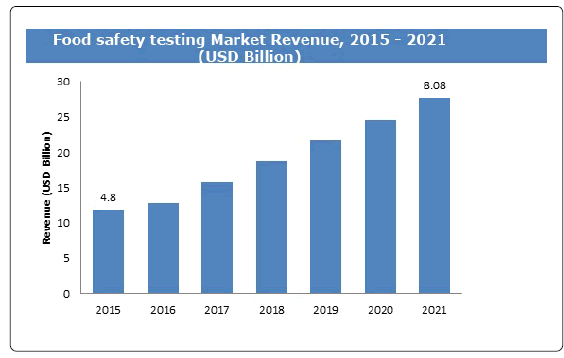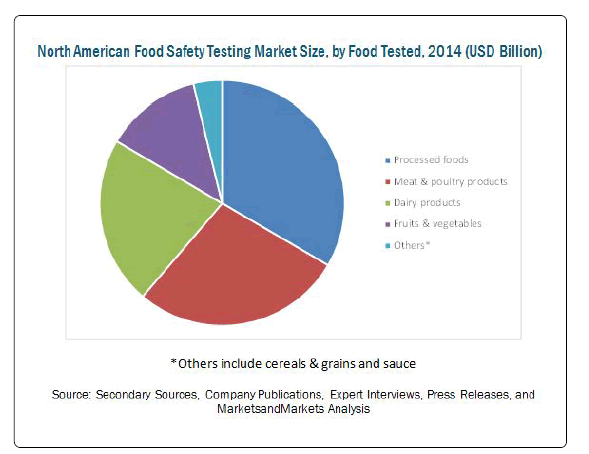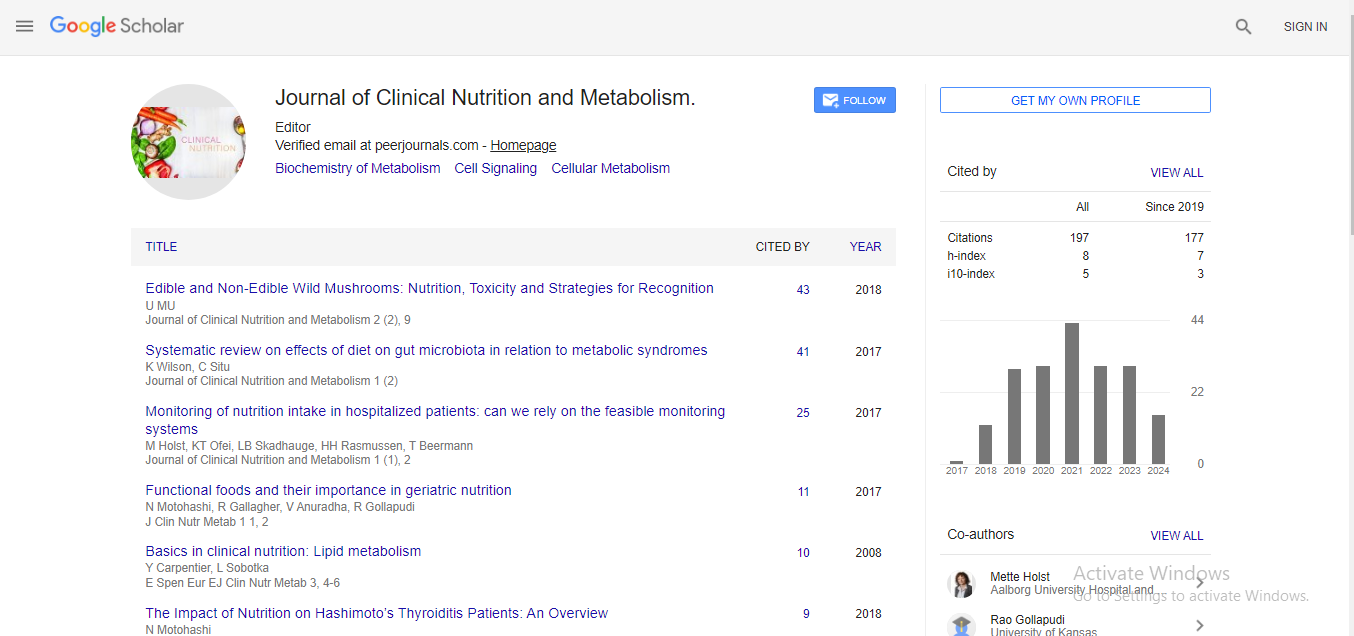Market Analysis, J Clin Nutr Metab Vol: 3 Issue: 3
Market Analysis of 8th International Food Safety, Quality & Policy Conference
Daniele De WrachienRetired Professor, Department of Agricultural Engineering, University of Milan, Italy, E-mail: daniele.dewrachien@unimi.it
Keywords: Clinical Nutrition and Metabolism
The Food Market Survey studies the inflow of Foreign Direct Investment (FDI) and its annual Growth rate in the Food Processing industries. The survey also analyses export of Food products and points out strengths, weaknesses, opportunities and threats to the food processing industries in India.
Agriculture and industrial segments of the economy. Strengthening this link is of critical importance to improve the value of agricultural produce, ensure remunerative prices to farmers and at the same time create favorable demand for Indian agricultural products in the world market. A thrust to the food processing sector implies the significant development of the agriculture sector and ensures value addition to it. FDI with up to 100 per cent equity is permitted under the automatic route in food and infrastructure such as food parks and cold chains. There are many areas for investment in this sector such as mega food parks, agri infrastructure, supply chain aggregation, logistics and cold chain infrastructure, fruit and vegetable products, animal products, meat and dairy, fisheries and seafood cereals, consumer foods/readyto- eat foods, wine and beer and machinery/packaging. Though India has a strong raw material base, it has been unable to tap the real potential for processing.
Asia Food Market
The global market value of ethically labeled packaged foods is projected to grow from 793.3 billion U.S. dollars in 2015 to 872.7 billion U.S. dollars by 2020.
The future of the functional food market looks bright; the worldwide revenue for functional food is projected to increase from about 300 billion U.S. dollars in 2017 to over 440 billion dollars in 2022. At present, there is no universally accepted definition of functional foods. But, according to the International Food Information Council (IFIC), functional foods are “foods or food components that may provide benefits beyond basic nutrition”. Popular product types worldwide include vitamins and dietary supplements, functional beverages such as sport and energy drinks, as well as products fortified with probiotics.
• Revenue in the Food market amounts to US$660,831m in 2018. The market is expected to grow annually by 3.0% (CAGR 2018-2021).
• The market's largest segment is the segment Meat Products & Sausages with a market volume of US$139,792m in 2018.
• In global comparison, most revenue is generated in the United States (US$660,831m in 2018).
• In relation to total population figures, per person revenues of US $2,015.64 are generated in 2018.
• The average per capita consumption stands at 403.8kg in 2018.
Fair trade products have grown increasingly more popular in recent years. In the early 2000s, it was uncommon to see anything other than fair trade coffee or tea, but the market has since expanded to include fair trade sugar, honey, wine, apparel, coconuts, and seafood to name a few. UTZ, an organization that certifies products as sustainably farmed, reported that the global production value for sustainably produced cocoa grew from 918,000 metric tons in 2015 to nearly 1.2 million metric tons in 2016.
The Annual Growth rate of FDI inflows in the Food Processing Industries:
• Revenue in the Food & Beverages segment amounts to US$90,173m in 2018.
• Revenue is expected to show an annual growth rate (CAGR 2018-2022) of 11.4%, resulting in a market volume of US$138,905m by 2022.
• User penetration is 20.3% in 2018 and is expected to hit 26.3% by 2022.
• The average revenue per user (ARPU) currently amounts to US $86.30.
• In global comparison, most revenue is generated in China (US $18,521m in 2018).
The principal factor escalating the growth of the processed seafood market is the changing lifestyle patterns and demographics of seafood consumers worldwide. People have become more prone to the consumption of products that would supply their health benefits. This report estimates the market size of the processed seafood market in terms of value. Fish, molluscs and crustaceans are the major types of seafood. Frozen products, dried products, smoked, canned and supreme form the chief product types of processed seafood. In terms of geography, the report is segmented into North America, Asia-Pacific, Europe, and Rest of the World (ROW). With the rising keenness for value-added seafood products, the market is likely to observe significant growth in the future.
In the functional foods market, the products targeting health and mental well-being have prompted the food industry to increase research and development of these new foods. Despite the uncertainties of existing regulations, outlining the context of a rapidly expanding market in main countries. This paper provides an overview of the current situation in the global market of functional foods. The objective of this analysis is to determine whether, and in what way, the field of functional foods can actually be an opportunity both for food companies, in terms of economic benefit, and for consumers, as opportunity healthy products.
The rising number of foodborne diseases, adulteration cases, and toxicity have been a threat to the food safety and increased the need for food safety testing. The Centre for Disease Control and Prevention (CDCP) has reported that every year, one out of 10 people fall sick due to foodborne illness, mostly children under the age of five years. According to WHO around 125,000 children die due to unsafe food. These factors highlights the need for increased care and introducing more facilities towards food safety. Growing consumer interest for food quality with high technological advancements, are driving the food safety testing market in developed countries. The safety certifications and compliance undertaken by food processing companies and food service organizations are helping in gaining the consumer's trust.
North America Is The Largest Market For Food Safety Testing.
North America holds the major share of in the global food safety testing market. The key factor driving the growth of the food safety testing market in North America is stringent regulations by the regulatory bodies. The market is also driven by the increased production in food segment in North America. The large market in North America is also attributed by the outbreaks of foodborne diseases. Food safety testing is made mandatory during every stage of production and processing, which ensures safe food to the consumers as well as fuels the market. Microbial testing and GMO testing are the major types of testing done in North America. The North American food safety market has the presence of various players such as Eurofins Scientific, Intertek, NSF International, etc.


 Spanish
Spanish  Chinese
Chinese  Russian
Russian  German
German  French
French  Japanese
Japanese  Portuguese
Portuguese  Hindi
Hindi 